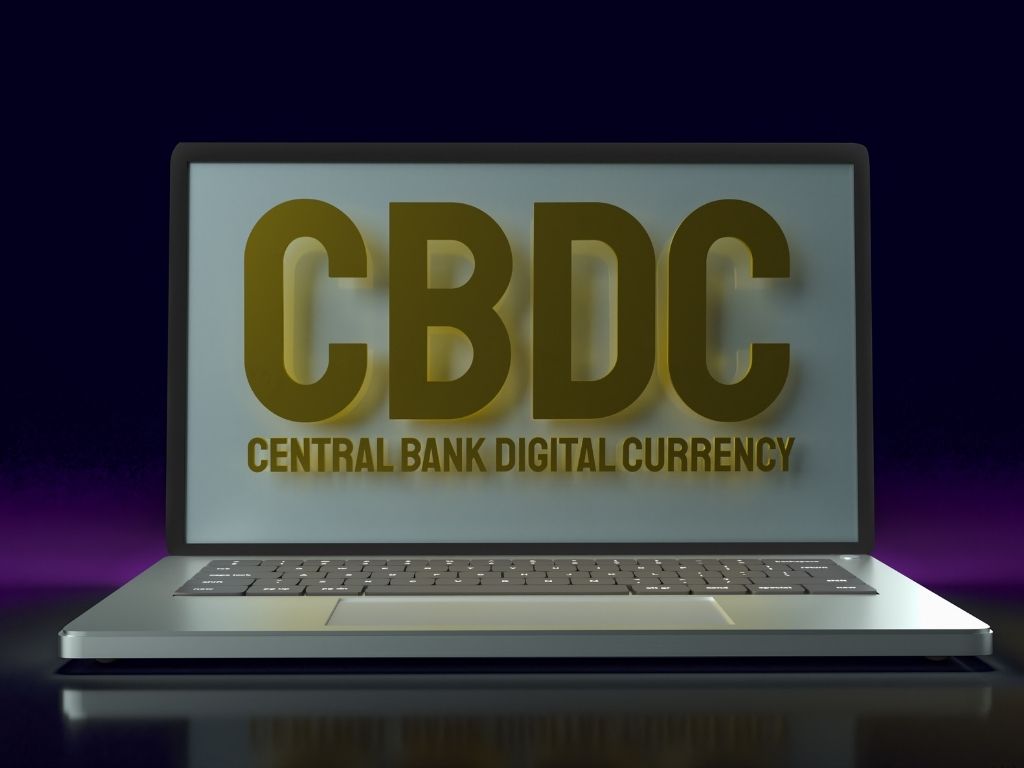Monetary Authority of Singapore working to build Bitcoin-inspired digital currency
The central bank of Singapore, the Monetary Authority of Singapore (MAS), has partnered with the Bank for International Settlements (BIS) to streamline the global economy by changing how money moves across borders using CBDCs (Central Bank Digital Currency) inspired by bitcoin.
This initiative is trying to solve the problem of the complex network that an individual or institution has to go through to transfer funds across borders. This complex network, which includes JP Morgan, Deutsche Bank, and Credit Suisse, relies on middlemen for fund transfers between banks, resulting in settlement delays. As a result, cross-border fund transfer takes so long to finish.
With these existing problems, the Monetary Authority of Singapore has collaborated with BIS on an initiative called Project Dunbar to create a more efficient system that will enable fund transfers across borders through central bank digital currencies (CBDCs). In this system, multiple central banks will be able to interact instantaneously on a single network, thus enabling 24/7, real-time settlement of cross-border payments.
Central bank digital currencies are one of the fastest emerging digital currencies today. These are issued by central banks and, like cryptocurrencies, run on blockchain technology. Project Dunbar aims to build a resilient and common platform through which central banks could directly transfer funds using CBDCs.
The Bank of International Settlements (BIS) is composed of over 60 central banks and is currently carrying out research on CBDCs at three of its global innovation hubs, including the creation of a CBDC platform in Singapore. In Switzerland, BIS is testing to integrate blockchain technology on existing payment systems, while in Hong Kong, it is working on building links between Asia’s separated CBDC networks. These projects, if successful, could link national economies with little to no reliance on correspondent banks.
To make cross-border payments from a developing economy, individuals often have to go through a more liquid currency such as the U.S. dollar, which adds both time and expense. By removing intermediaries and the need to move through currency exchanges, Project Dunbar could increase liquidity between local currency pairs and, thereby, spur economic activity in these nations.
Stay informed with daily updates from Blockchain Magazine on Google News. Click here to follow us and mark as favorite: [Blockchain Magazine on Google News].
Get Blockchain Insights In Inbox
Stay ahead of the curve with expert analysis and market updates.
latest from tech
Disclaimer: Any post shared by a third-party agency are sponsored and Blockchain Magazine has no views on any such posts. The views and opinions expressed in this post are those of the clients and do not necessarily reflect the official policy or position of Blockchain Magazine. The information provided in this post is for informational purposes only and should not be considered as financial, investment, or professional advice. Blockchain Magazine does not endorse or promote any specific products, services, or companies mentioned in this posts. Readers are encouraged to conduct their own research and consult with a qualified professional before making any financial decisions. The featured image used is just a creative depiction of the title and it does not intend to hurt sentiments of any person or institution. If it hurts anyone sentiments, please do not hesitate to reach out to Blockchain Magazine.

 Bitcoin
Bitcoin  Ethereum
Ethereum  XRP
XRP  Tether
Tether  Solana
Solana  Dogecoin
Dogecoin  USDC
USDC  Cardano
Cardano  Lido Staked Ether
Lido Staked Ether  TRON
TRON  Chainlink
Chainlink  Avalanche
Avalanche  Wrapped stETH
Wrapped stETH  Stellar
Stellar  Wrapped Bitcoin
Wrapped Bitcoin  Sui
Sui  Hedera
Hedera  Toncoin
Toncoin  Shiba Inu
Shiba Inu  WETH
WETH  Polkadot
Polkadot  Parkcoin
Parkcoin  LEO Token
LEO Token  Litecoin
Litecoin  Bitget Token
Bitget Token  Bitcoin Cash
Bitcoin Cash  Uniswap
Uniswap  Official Trump
Official Trump  Hyperliquid
Hyperliquid  Wrapped eETH
Wrapped eETH  Pepe
Pepe  USDS
USDS  NEAR Protocol
NEAR Protocol  Ethena USDe
Ethena USDe  Aave
Aave  Aptos
Aptos  Internet Computer
Internet Computer  Ondo
Ondo  WhiteBIT Coin
WhiteBIT Coin  Ethereum Classic
Ethereum Classic  Monero
Monero  POL (ex-MATIC)
POL (ex-MATIC)  Cronos
Cronos  OKB
OKB  Mantle
Mantle  Dai
Dai  Algorand
Algorand  Render
Render 



